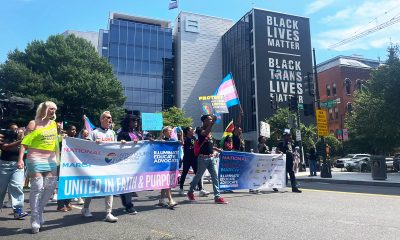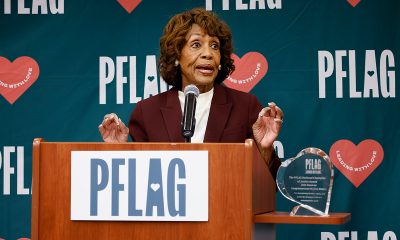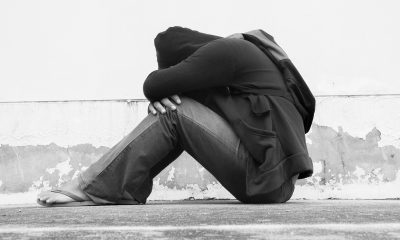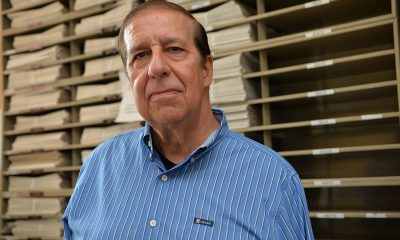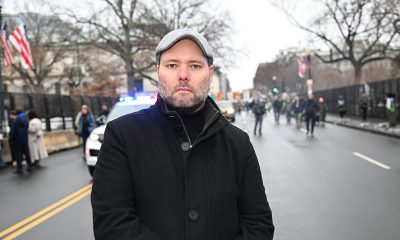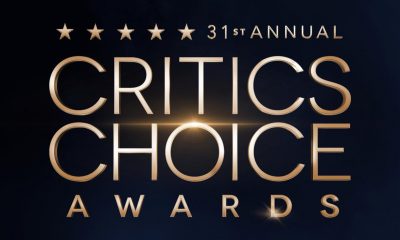Local
Maryland LGBT youth at risk: report
Disproportionate rates of homelessness cited
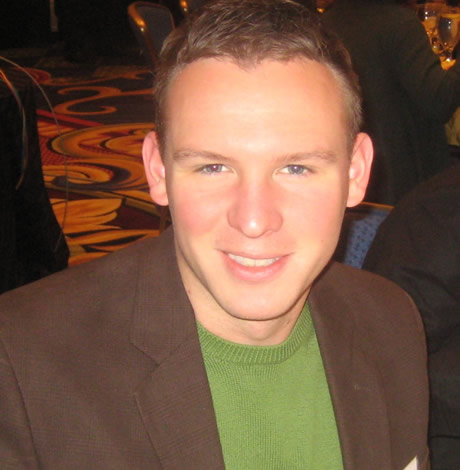
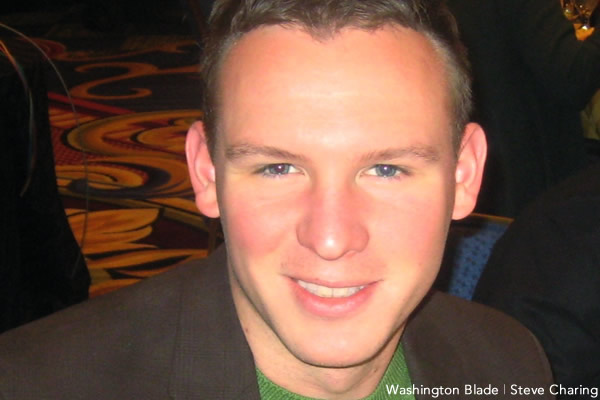
‘There is much work to be done to protect the rights of LGBTQ youth,’ said Aaron Merki, executive director of FreeState Legal Project. (Washington Blade file photo by Steve Charing)
The Youth Equality Alliance (YEA) issued a report on Aug. 12 titled “Living in the Margins: A Report on the Challenges of LGBTQ Youth in Maryland Education, Foster Care, and Juvenile Justice Systems.”
The report found that LGBTQ youth are at a heightened risk of entering the “school-to-jail pipeline.” Public institutions and systems—primarily the education, foster care, and juvenile justice systems—are among the toughest environments for LGBTQ youth. YEA’s report briefly outlines the challenges facing LGBTQ youth as they navigate these three systems, and proposes specific recommendations for addressing these challenges.
The bullying problem that often affects LGBTQ students begins a spiral that places these youth at risk. Often school personnel fail to address the needs of the bullied victims, and they are routinely suspended, expelled and criminalized, pushing them into the juvenile justice systems.
Statistics from GLSEN put the problems in perspective. For instance, 64 percent of LGBTQ students feel unsafe in their schools because of their sexual orientation, and 44 percent because of their gender expression. Approximately one in four LGBTQ youth are kicked out or run away from their living situations.
“This statistic is disproportionate and shocking,” said Ingrid Lofgren, a Skadden Fellow at the Homeless Persons Representation Project, at the unveiling ceremony of the YEA report held at the Enoch Pratt Free Library’s main branch.
Jabari Lyles, who is with the Baltimore Area chapter of GLSEN and a member of YEA, added, “People have to wonder what is going wrong when they hear that as many as one-third of LGBTQ youth never finish high school and up to 40 percent of our homeless youth self-identify as LGBTQ.”
Dijohn Thomas, a Baltimore area youth advocate, pointed out at the Pratt Library presentation that while in school he was picked on for being gay by his principal and teachers. “People fear what they don’t know,” he said. “They need education.” He added, “Foster homes are the worst place to be in. I was attacked, beaten up and things were stolen from me.”
The report presents an array of recommendations that would entail mainly policy, regulatory and legislative changes as well as mandatory training for direct service professionals and administrators and the conduct of needs assessments. YEA urges that the office of the governor, state government agency directors, legislators and political candidates read this report and decide what initiatives they will champion to improve the outcomes of these youth.
“When youth enter spaces in which they are to be supervised as well as protected by adults, they expect that professionals will be knowledgeable about individual youth rights and needs, as well as sensitive, respectful, and effective in their interactions with all youth,” Diana Philip, policy director for FreeState Legal Project, told the Blade. “LGBTQ youth in Maryland are no different.”
Formed in May 2013, YEA is a statewide coalition of various service providers, nonprofit organizations, government agencies, and individual advocates that seeks to identify policy and regulatory solutions to problems faced by LGBTQ youth in Maryland. Members include ACLU of Maryland, The Public Justice Center, Equality Maryland, PFLAG, Planned Parenthood of Maryland, Homeless Persons Representation Project, the Gay Lesbian and Straight Education Network (GLSEN), Star Track and the Baltimore Child Abuse Center.
“Although the Maryland LGBTQ community has recently secured several new rights, including marriage equality and the Fairness for All Marylanders Act, there is much work to be done to protect the rights of LGBTQ youth,” said Aaron Merki, executive director of FreeState Legal Project, one of the founding members of YEA, in announcing the report’s release.
The work to achieve the goals and adopt the recommendations in the report is expected to take several years. To view the full report, visit freestatelegal.org/what-we-do/policy/.
Virginia
Gay Va. State Sen. Ebbin resigns for role in Spanberger administration
Veteran lawmaker will step down in February
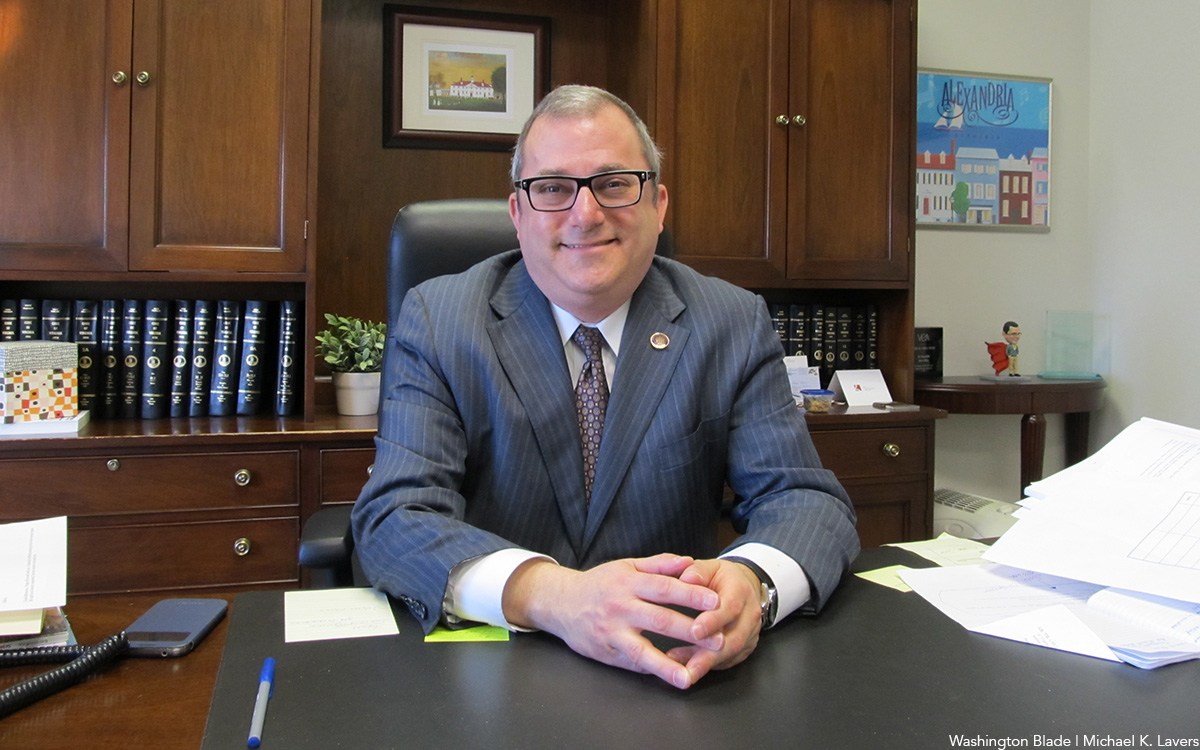
Alexandria Democrat Adam Ebbin, who has served as an openly gay member of the Virginia Legislature since 2004, announced on Jan. 7 that he is resigning from his seat in the State Senate to take a job in the administration of Gov.-Elect Abigail Spanberger.
Since 2012, Ebbin has been a member of the Virginia Senate for the 39th District representing parts of Alexandria, Arlington, and Fairfax counties. He served in the Virginia House of Delegates representing Alexandria from 2004 to 2012, becoming the state’s first out gay lawmaker.
His announcement says he submitted his resignation from his Senate position effective Feb. 18 to join the Spanberger administration as a senior adviser at the Virginia Cannabis Control Authority.
“I’m grateful to have the benefit of Senator Ebbin’s policy expertise continuing to serve the people of Virginia, and I look forward to working with him to prioritize public safety and public health,” Spanberger said in Ebbin’s announcement statement.
She was referring to the lead role Ebbin has played in the Virginia Legislature’s approval in 2020 of legislation decriminalizing marijuana and the subsequent approval in 2021of a bill legalizing recreational use and possession of marijuana for adults 21 years of age and older. But the Virginia Legislature has yet to pass legislation facilitating the retail sale of marijuana for recreational use and limits sales to purchases at licensed medical marijuana dispensaries.
“I share Governor-elect Spanberger’s goal that adults 21 and over who choose to use cannabis, and those who use it for medical treatment, have access to a well-tested, accurately labeled product, free from contamination,” Ebbin said in his statement. “2026 is the year we will move cannabis sales off the street corner and behind the age-verified counter,” he said.
Maryland
Steny Hoyer, the longest-serving House Democrat, to retire from Congress
Md. congressman served for years in party leadership
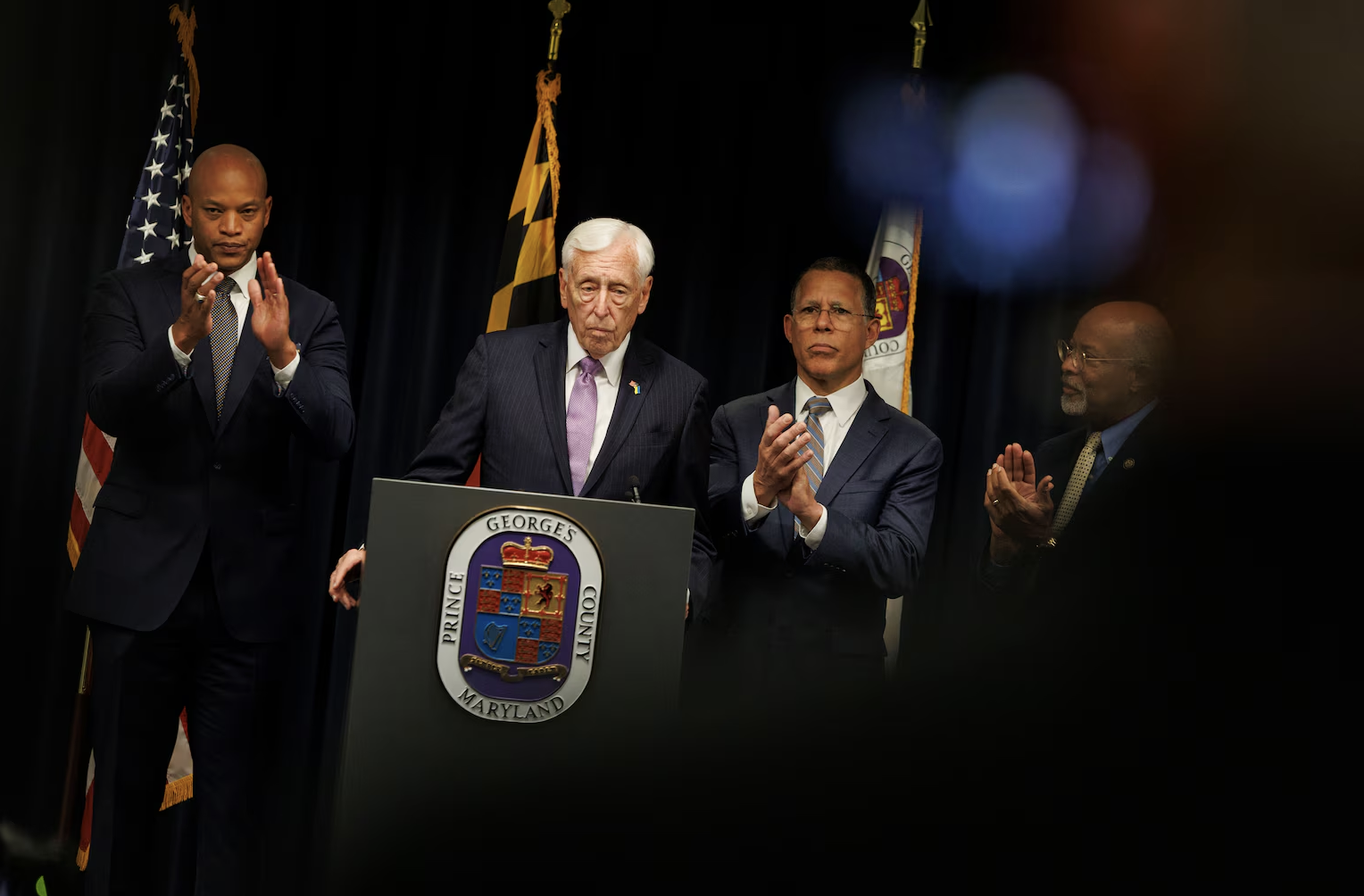
By ASSOCIATED PRESS and LISA MASCARO | Rep. Steny Hoyer of Maryland, the longest-serving Democrat in Congress and once a rival to become House speaker, will announce Thursday he is set to retire at the end of his term.
Hoyer, who served for years in party leadership and helped steer Democrats through some of their most significant legislative victories, is set to deliver a House floor speech about his decision, according to a person familiar with the situation and granted anonymity to discuss it.
“Tune in,” Hoyer said on social media. He confirmed his retirement plans in an interview with the Washington Post.
The rest of this article can be found on the Baltimore Banner’s website.
District of Columbia
Kennedy Center renaming triggers backlash
Artists who cancel shows threatened; calls for funding boycott grow

Efforts to rename the Kennedy Center to add President Trump’s name to the D.C. arts institution continue to spark backlash.
A new petition from Qommittee , a national network of drag artists and allies led by survivors of hate crimes, calls on Kennedy Center donors to suspend funding to the center until “artistic independence is restored, and to redirect support to banned or censored artists.”
“While Trump won’t back down, the donors who contribute nearly $100 million annually to the Kennedy Center can afford to take a stand,” the petition reads. “Money talks. When donors fund censorship, they don’t just harm one institution – they tell marginalized communities their stories don’t deserve to be told.”
The petition can be found here.
Meanwhile, a decision by several prominent musicians and jazz performers to cancel their shows at the recently renamed Trump-Kennedy Center in D.C. planned for Christmas Eve and New Year’s Eve has drawn the ire of the Center’s president, Richard Grenell.
Grenell, a gay supporter of President Donald Trump who served as U.S. ambassador to Germany during Trump’s first term as president, was named Kennedy Center president last year by its board of directors that had been appointed by Trump.
Last month the board voted to change the official name of the center from the John F. Kennedy Memorial Center For The Performing Arts to the Donald J. Trump And The John F. Kennedy Memorial Center For The Performing Arts. The revised name has been installed on the outside wall of the center’s building but is not official because any name change would require congressional action.
According to a report by the New York Times, Grenell informed jazz musician Chuck Redd, who cancelled a 2025 Christmas Eve concert that he has hosted at the Kennedy Center for nearly 20 years in response to the name change, that Grenell planned to arrange for the center to file a lawsuit against him for the cancellation.
“Your decision to withdraw at the last moment — explicitly in response to the Center’s recent renaming, which honors President Trump’s extraordinary efforts to save this national treasure — is classic intolerance and very costly to a non-profit arts institution,” the Times quoted Grenell as saying in a letter to Redd.
“This is your official notice that we will seek $1 million in damages from you for this political stunt,” the Times quoted Grenell’s letter as saying.
A spokesperson for the Trump-Kennedy Center did not immediately respond to an inquiry from the Washington Blade asking if the center still planned to file that lawsuit and whether it planned to file suits against some of the other musicians who recently cancelled their performances following the name change.
In a follow-up story published on Dec. 29, the New York Times reported that a prominent jazz ensemble and a New York dance company had canceled performances scheduled to take place on New Year’s Eve at the Kennedy Center.
The Times reported the jazz ensemble called The Cookers did not give a reason for the cancellation in a statement it released, but its drummer, Billy Hart, told the Times the center’s name change “evidently” played a role in the decision to cancel the performance.
Grenell released a statement on Dec. 29 calling these and other performers who cancelled their shows “far left political activists” who he said had been booked by the Kennedy Center’s previous leadership.
“Boycotting the arts to show you support the arts is a form of derangement syndrome,” the Times quoted him as saying in his statement.
-

 District of Columbia4 days ago
District of Columbia4 days agoTwo pioneering gay journalists to speak at Thursday event
-

 Colombia4 days ago
Colombia4 days agoBlade travels to Colombia after U.S. forces seize Maduro in Venezuela
-

 a&e features4 days ago
a&e features4 days agoQueer highlights of the 2026 Critics Choice Awards: Aunt Gladys, that ‘Heated Rivalry’ shoutout and more
-

 Virginia4 days ago
Virginia4 days agoLGBTQ groups to join Spanberger inaugural parade

